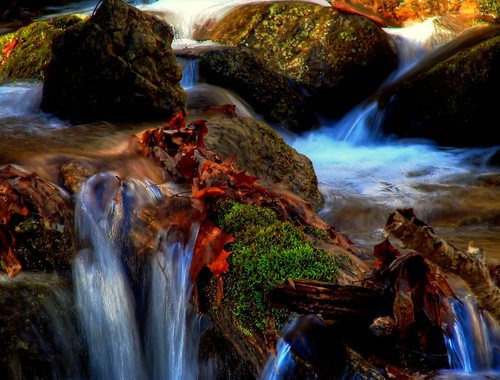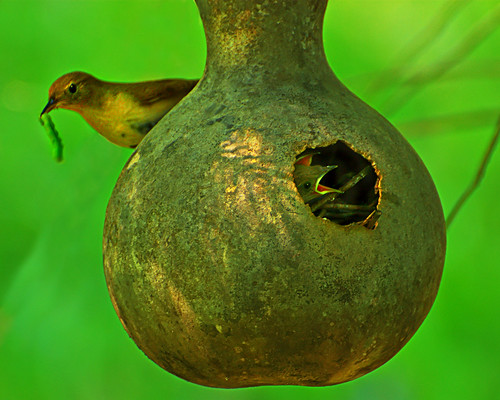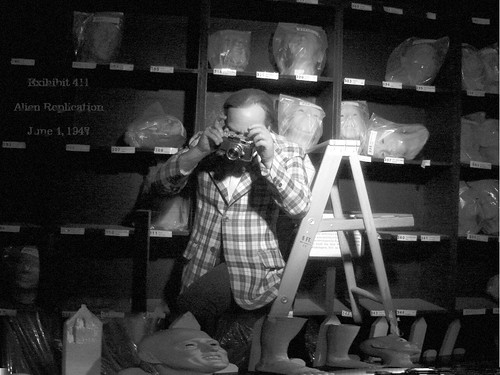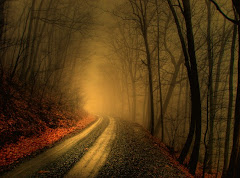
Are you planning to make that big step forward and upgrade your camera equipment? Do you need some practical advice in getting the best deals and safely buy online? Its a jungle out there and here is the top ten tips on taming the beasts.
1. Do not buy blindly: There are predators out there who are looking to separate you from your cash. You will see ads in the internet jungle that appear to be legitimate companies offering unbelievable deals and I suggest you don't believe. At the least they are bait and switch operations and can be even more sinister once they have your credit card information. The companies change their names and location often and you will see them in internet ads. Perhaps even on this page.
Top ways to be savvy:
Before you buy Google the name of the company and complaints.
Check the Better Business Bureau.
Take a look at Thoughts by Dave and through all his posts to help identify these predator sites. He is constantly uncovering these sites and it is worthwhile to look through all his posts.
And for your entertainment and education look at Brooklyn Camera/Electronic Dealer Store Fronts. Here you will find a guy who researches camera dealers and bikes to their place of business. He takes pictures of the stores or supposed stores. Be prepared to see the seedy side of these glitzy websites.
Buy from the true and tested companies that specialize in cameras. Adorama, Cameta, BH camera and Amazon
2. Be wary of Grey Market cameras: If you live in the United States cameras made for other country markets and sold by resellers can offer a serious compromise in getting warranty service. For instance Nikon USA will not service grey market cameras or provide firmware updates.
Generally you can identify a Nikon Grey Market camera by the first digit of the serial number.
3 means Nikon USA.
While grey market cameras might be made exactly the same as Nikon USA models, I have heard rumors that the Asian Nikon D300 is not encased in magnesium but polycarbonate.
Serial numbers beginning with:
2 - Japan
3 - USA
4 - Europe (excluding UK)
5 - Canada
6 - Australia / New Zealand(?)
7 - Asia (excluding Japan)
8 - UK
3. Getting the best Deal refurbished:
Buy refurbished: This is one of the best ways to buy a camera, generally you will have to look hard to tell it was refurbished at all.
I buy Nikon and if I buy a refurbished camera I am confident that the camera has been cleaned, re-calibrated and brought up to standards by Nikon.
I personally consider this a better option than buying new. They check these cameras more intensely than the ones coming off the assembly lines.
Cameras that are refurbished come with a 90 day Nikon warranty. Unless you buy through Cameta that offers a full year warranty. I really recommend buying through Cameta I have only had great experiences with them. Cameta has internet store fronts on Amazon
4. Buy Used: Go carefully into this dark night. You can buy used on eBay and on Amazon I would suggest Ebay.
Use due diligence by making sure your product is not grey market by following the previous advice.
Buy through Pay Pal to assure that the product is not misrepresented or a scam.
Look carefully at the pictures and if they are stock photos be more cautious. Look for missing items that you may need to purchase.
Read the item description carefully to identify any hidden surprises. Look for the number of camera actuations that can be discovered by using a program from Opanda.
Check the sellers rating.
Check the other products the seller is selling.
Be wary if the seller like this: "quantity ten used cameras." Or if they offer free shipping on other items which are cheap large and heavy.
I have seen one seller selling ten new cameras and grandfather clocks at a cheap price and free shipping. eBay removed him from their listing because it was an obvious scam.
Ask the seller a question just to make sure how responsive he will be after the sale.
Bid in the last minutes of the auction to avoid driving up the price.
5. Use Bing Shopping: Bing shopping is an innovation by Microsoft Live and can offer you savings on eBay shopping at about 8 percent. These are generally for buy now items, and can give you serious cash back when you buy refurbished from companies like Cameta.
6. Consider buying broken cameras: Now this might seem like strange advice if you are not familiar with camera repair.
Yet, most people will shy away from buying a broken camera and the price can be seriously lower than cameras in mint condition.
Now this can be a crap shoot, but repair companies like Precision Camera do a really good job on camera repairs quickly and bring your camera up to manufacturer specs. I have used Precision Camera and recommend them highly. If for instance, you have a broken Nikon D300 the repair would be about 300 dollars. Another camera repair place is Teleplan. They offer repair prices cheaper than Precision but I have no experience with them.
UPDATE: You should check this before having repairs done by Teleplan.
7. Consider Sam's Club auctions: Sam's Club auctions are completely reliable and offer new products. They may not have the camera you are wanting but chances are you will get a great deal if they do. Products are new in the box. A Sam's membership is required.
8. Think before you buy: Remove the impulse trigger from your finger tip. Do your research and think carefully. Consider all of your options.
9. Look an auction over at least three separate times: Understand the seller is bound by their description. Sometimes descriptions are updated during the auction. So read carefully and look at the pictures intently.
If I am seriously considering buying I may even copy the picture and blow it up to see all the fine details I can detect.
10. Good luck with your purchase: If you do your research well you should end up with a great product perhaps at a considerable saving.
One final hint if you are buying used is to look at the paint wear on the camera buttons. If the wear is noticible consider that this may be a camera on its last legs.









